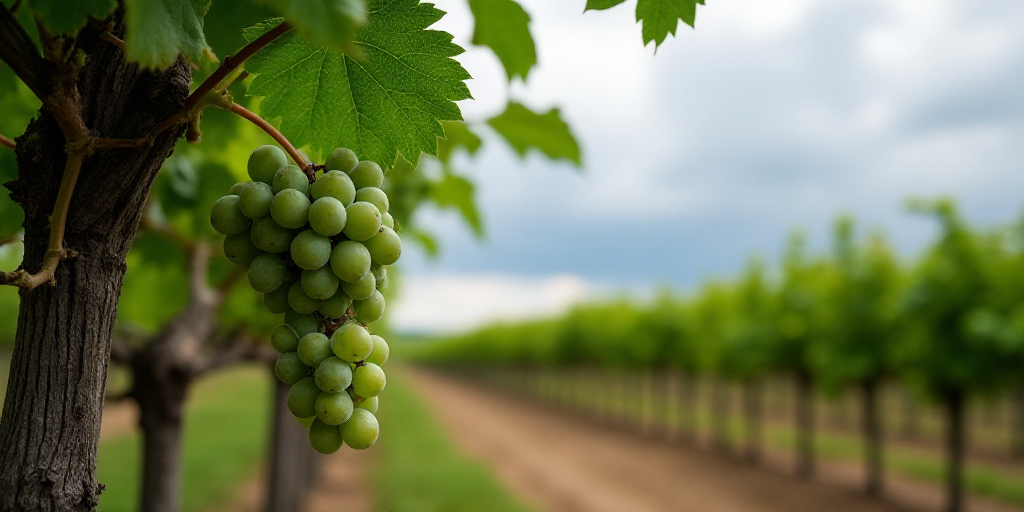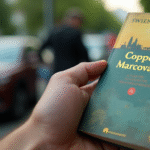Introduction to Querétaro’s Wine Harvest Season
The 2025 Querétaro Wine Harvest Season officially kicked off, projecting an economic impact of 600 million pesos and expecting 400,000 visitors. This season marks the first time Querétaro’s wine harvests are celebrated under a Protected Designation of Origin (PDO) status, which validates traditional production methods and origins. This sets a precedent for other regions.
Visitor Expectations and Economic Contribution
Rodrigo Ibarra, Director of Tourism Promotion for Querétaro, stated that 40% of annual sectoral income is generated during these months alone. The majority of visitors, 60%, come from Querétaro City and its metropolitan area, while the rest arrive from nearby states like Guanajuato, Hidalgo, and Jalisco. Although foreign visitor numbers remain low, improved air connectivity is expected to boost this segment.
Querétaro’s Viticulture Landscape
Querétaro boasts over 500 hectares of vineyards, with 80% dedicated to wine production. Annually, these generate 3.5 million bottles for 300 labels. Querétaro leads Mexico in both wine and sparkling wine production using traditional methods, exporting nearly 60,000 nine-liter boxes to the US, Asia, and Europe each year.
Collaborative Tourism Infrastructure
In a collaborative effort, 35 vineyards and wineries along with 11 cheese producers will open their doors to visitors, supported by a tourism infrastructure of 246 hotels and 5,076 rooms across the region.
Protected Designation of Origin (PDO)
This is the first wine harvest season with Querétaro’s PDO, granted by Mexico’s Secretariat of Economy (SE) and the Mexican Institute of Industrial Property (IMPI). This seal ensures only wines produced within strict parameters in the designated region can carry the “Vinos de Querétaro” denomination.
- PDO Requirements: Producers must meet specific criteria throughout the entire process, from grape cultivation to traditional regional vinification methods with regular quality checks.
- Competitive Advantage: The IGP safeguards Querétaro’s production and provides a competitive edge in markets like the US and Europe, where origin denominations are crucial for consumers.
This achievement, after over three and a half years of joint work between the government and local producers, marks the beginning of a process Querétaro aims to replicate in other Mexican wine-producing regions.
Future Steps for the Viticulture Industry
Ana Lucía Aréchiga, Communications Coordinator for the Mexican Wine Council (CMV), stated that Querétaro’s PDO sets a precedent for other producing regions in Mexico. She emphasized the importance of protecting and valuing each region’s unique characteristics, pointing to Baja California’s established tradition and international recognition versus emerging regions like Guanajuato or Aguascalientes.
Aréchiga highlighted the power of collaboration between public sector, producers, and academic institutions in Querétaro’s success. This model of joint effort is what the CMV aims to implement in other parts of Mexico.






